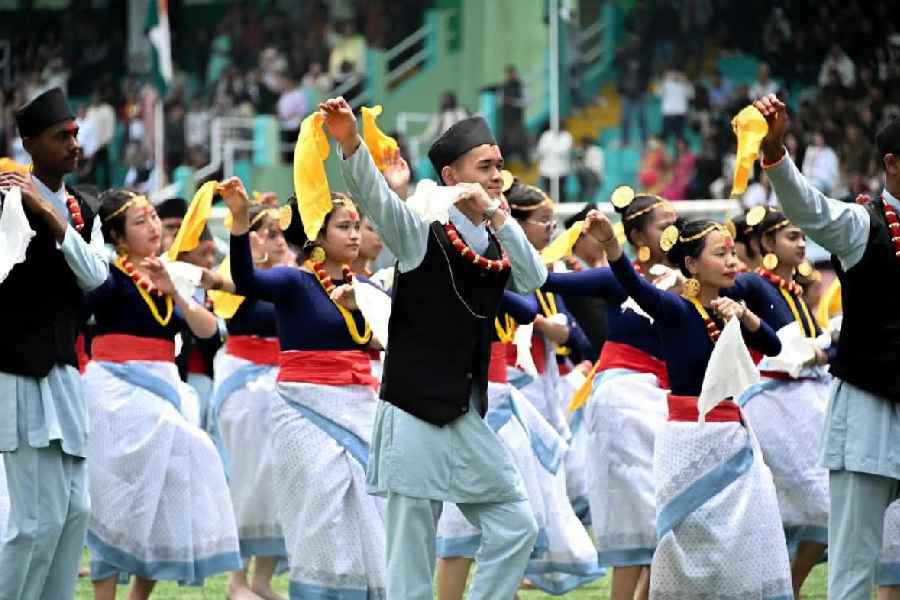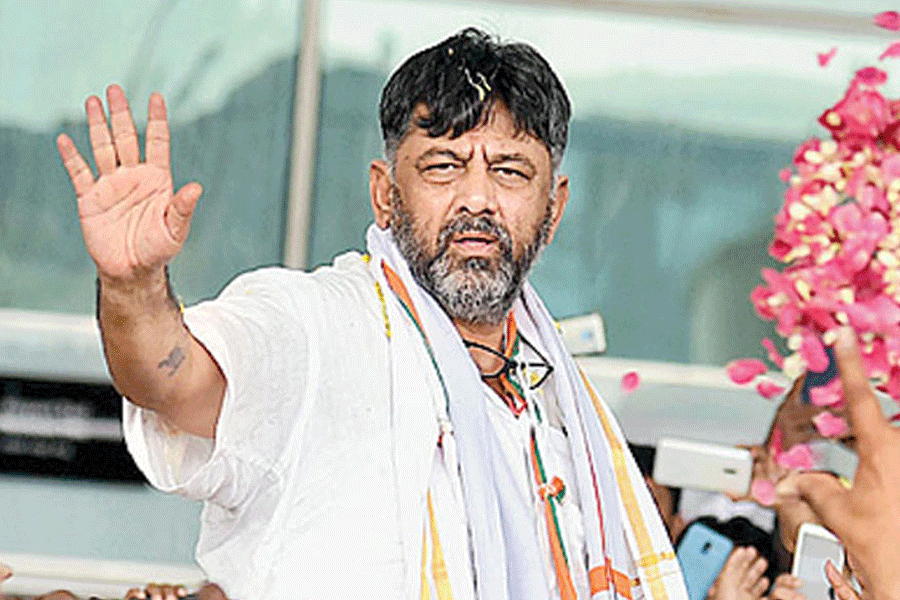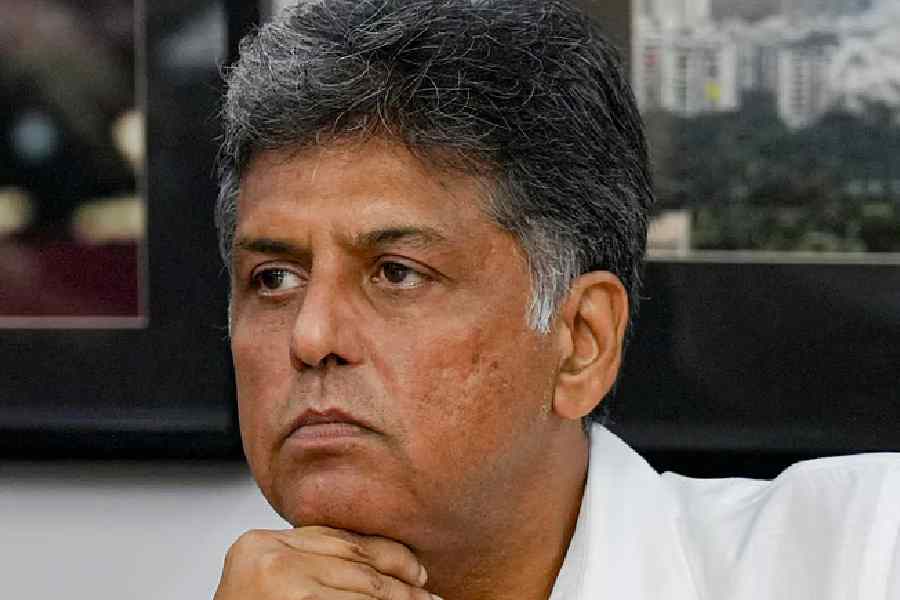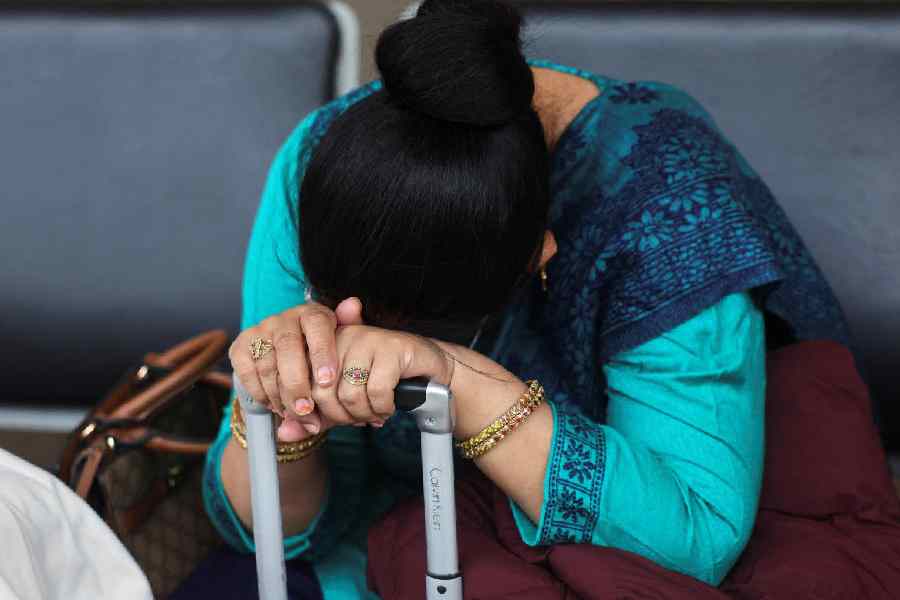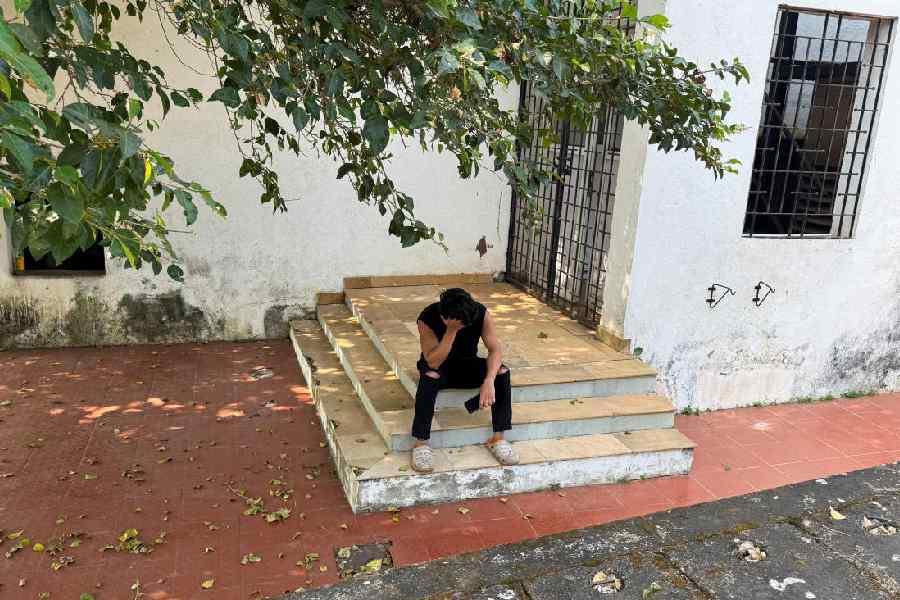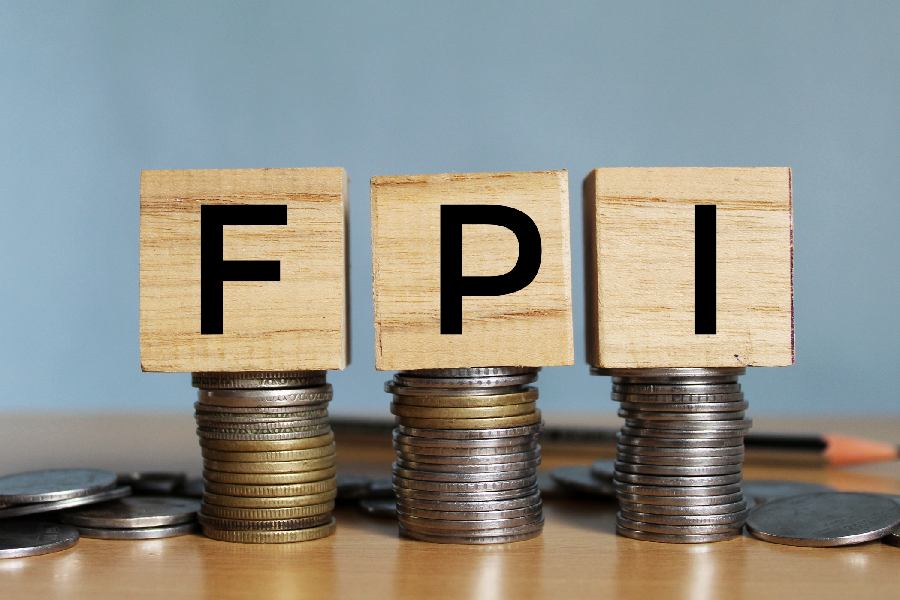On May 16, 1975, Sikkim, once a secluded Himalayan kingdom, officially became the 22nd state of India. Fifty years later, Sikkim has become a traveller’s paradise, but the journey was anything but immediate.
“It was difficult to travel to Sikkim. Foreigners had to get a special permission from ministry of external affairs in Delhi followed by a validation by the Darjeeling district collector (now called district magistrate) before the merger,” reminisced Suresh Periwal, owner of Clubside Tours and Travels, one of the oldest travel agencies in Darjeeling, on the day Sikkim celebrated the golden jubilee of its integration with India.
The company, then called Clubside Motors, was formed in 1949.
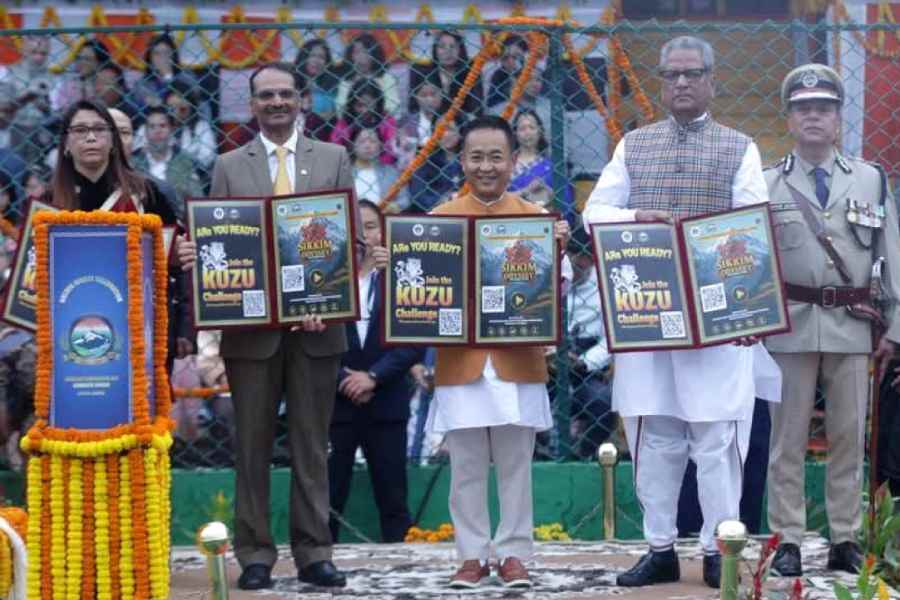
Chief minister PS Tamang and governor Om Prakash Mathur at the Paljor stadium in Gangtok on Friday during the golden jubilee celebration
“One of the first groups of tourists that travelled to Sikkim was from America in 1957. They had managed to get permission from India’s ministry of external affairs. We were the local handlers of this group’s one-day trip to Gangtok,” Periwal toldThe Telegraph.
The permission was needed because Sikkim became India’s protectorate by signing the India-Sikkim Peace Treaty in 1950. This status meant that while Sikkim retained autonomy in its internal affairs, India was responsible for its defence, external relations and communications.
Sikkim was ruled by Chogyals, the monarchs of the Namgyal dynasty, from 1642 to 1975.
“Things started to change from 1975 as Indians could travel more freely to Sikkim,” said Periwal.
Now, foreigners can travel to Sikkim even though there are still some restrictions as Sikkim shares borders with China, Bhutan and Nepal.
During the days of the Chogyals, only a handful of foreigners had managed toenter Sikkim.
João Cabral, a Portuguese Jesuit missionary, is credited as being the first European to visit Sikkim in 1628.
The other notable visitors included British botanist Joseph Dalton Hooker and Archibald Campbell, the British political officer stationed in Darjeeling in 1848.
Douglas Freshfield, a British mountaineer, was among the privileged to enter Sikkim in 1899.
“The tourism scene started to change slowly following Sikkim’s merger with India,” said Periwal.
Data suggest that from 5.52 lakh tourists in 2011, over 16 lakh tourists visited the state in 2019, which is more than double the seven lakh-odd population of Sikkim.
Addressing an official programme to celebrate the golden jubilee of Sikkim’s merger with India, chief minister Prem Singh Tamang (Golay) laid stress on the importance of tourism inSikkim’s economy.
“Our tourism model uplifts communities through homestays, sacred lakes and eco-traits,” Golay saidon Friday.
He said the tourism sector brought valuable revenue to the economy by generating employment opportunities. Golay also highlighted the state’s immensetourism potential.
“The 16th of May, 1975, marks a turning point in our history. It holds deep significance from five vital perspectives: our integration with the Indian Union; the fulfillment of democratic aspirations; rapid developmental transformation; strategic contribution to national security; and global recognition for preserving our unique mountain identity through peace and tradition,” Golay said.
Sikkim celebrated the golden jubilee of the statehood with great fervour in the presence of governor Om Prakash Mathur and Golay at the Palzor stadium on Friday.
During the programme, grant-in-aid was distributed to three sports associations of Sikkim and incentives to three sports persons.
The celebration included a pipe and brass band display and a dance with1,100 participants.
Extending his warm greetings to the people of Sikkim on the statehood day, Prime Minister Narendra Modi said: “Sikkim is associated with serene beauty, rich cultural traditions and industrious people. It has made strides in diverse sectors. May the people of this beautiful state continue to prosper.”

